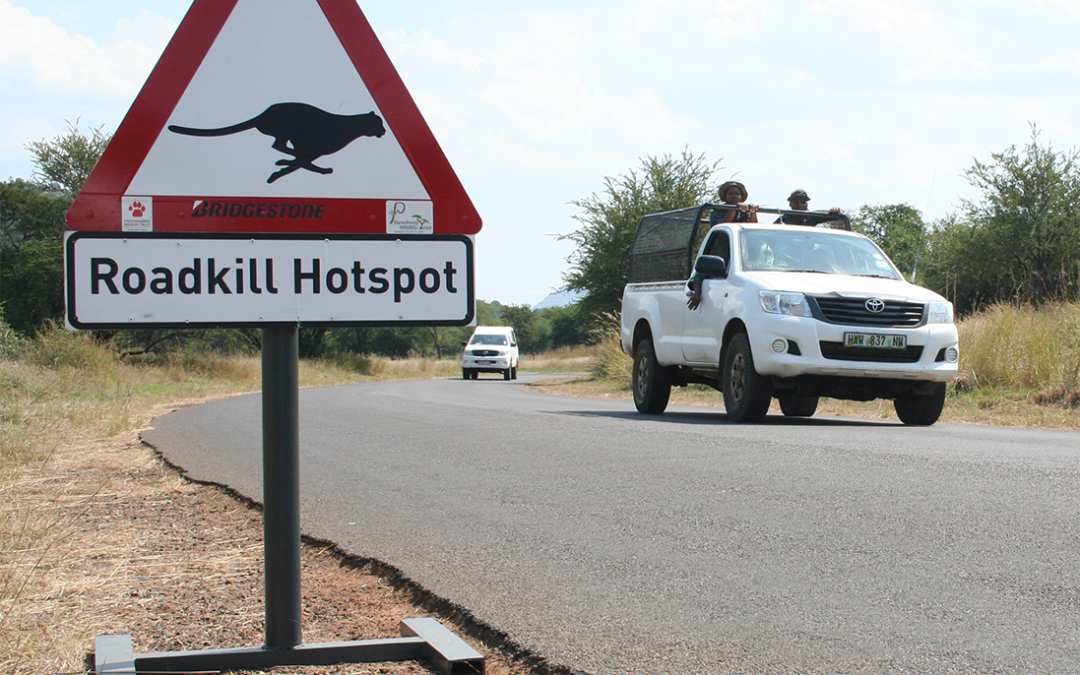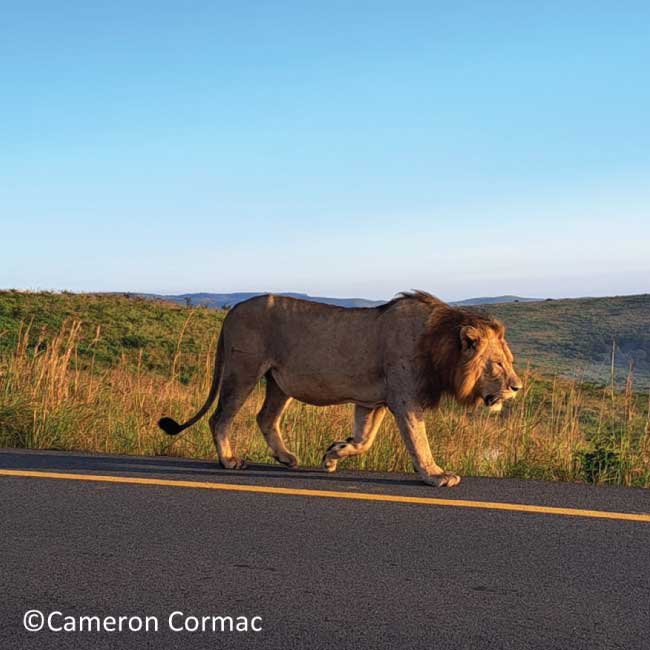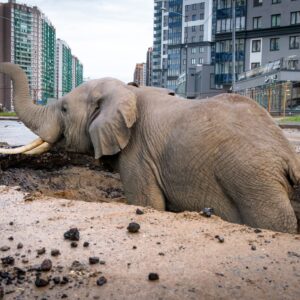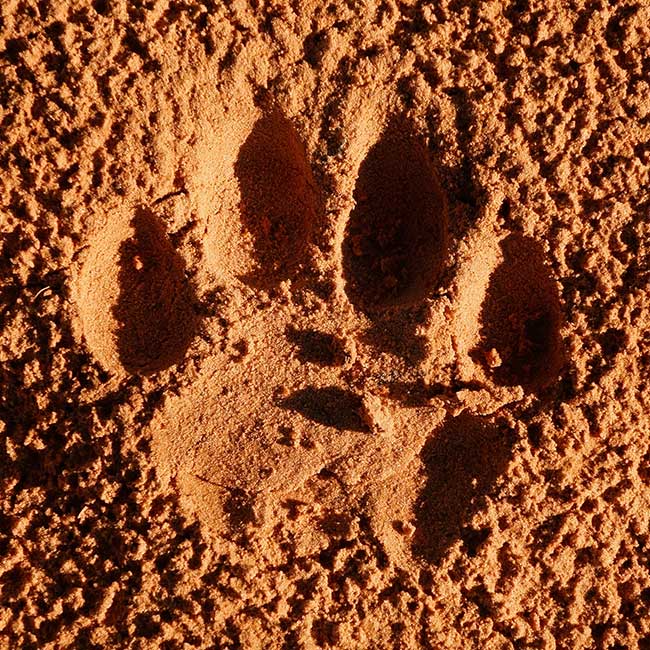
Roadkill remains a problem along South Africa’s major transport corridors
Explore how South Africa’s transport networks impact biodiversity and how the EWT pioneers innovative solutions to reduce roadkill and support sustainable development.

Explore how South Africa’s transport networks impact biodiversity and how the EWT pioneers innovative solutions to reduce roadkill and support sustainable development.

Surveys of two provincial roads passing through Hluhluwe-iMfolozi Park (HIP) and iSimangaliso Wetland Park (ISWP) to determine how the roads impact on wild animals, what species have the highest death tolls, and how the roads could be adapted to reduce the number of animals killed on the roads.

Why should we, as conservationists, be concerned about gender issues? If our mandate is species and habitat conservation, why and how do we incorporate gender without overstepping our mark?

Prior to COVID-19, animals had, over time, adapted their ways in response to our increased transportation networks, namely railways and roads

The N3 Toll Concession (N3TC) started collecting records of animals killed on their roads in 2011, and as part of their ongoing safety programme began working with the EWT’s Wildlife and Transport Programme (WTP) to address the concerns they had in this regard.